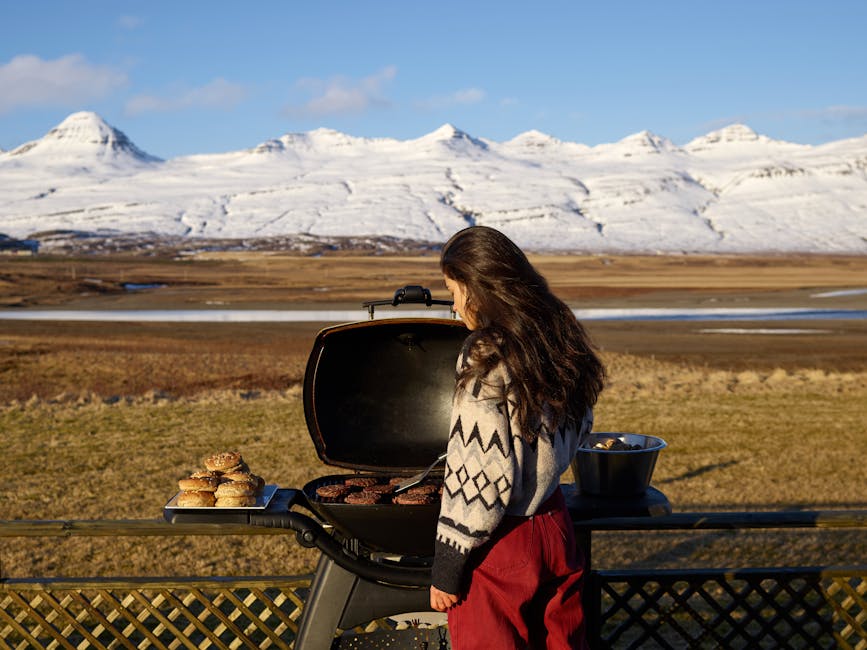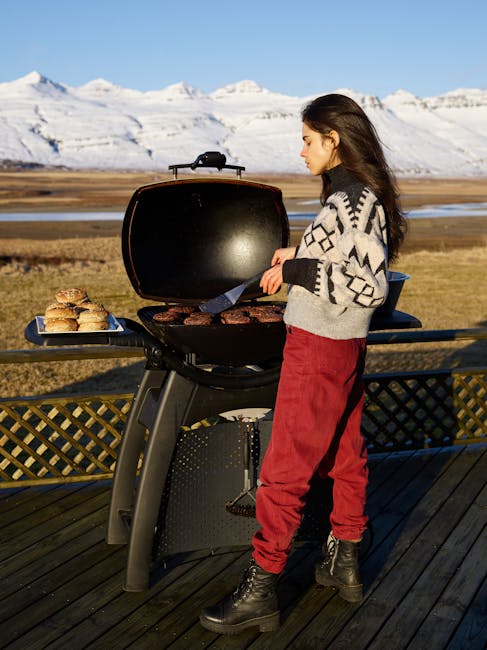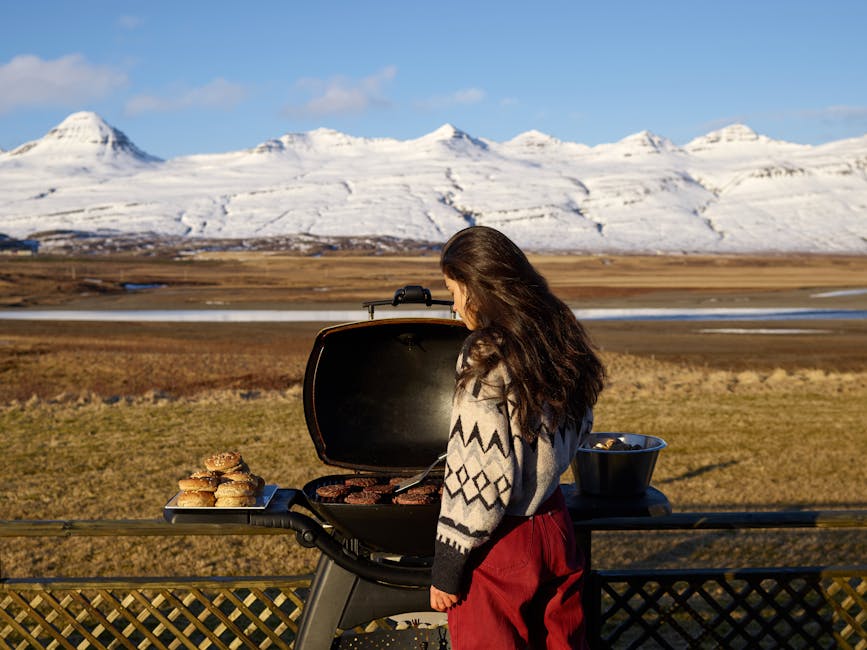How Long to Grill Burgers: A Comprehensive Guide to Juicy Perfection
Grilling the perfect burger is a quest for many, a culinary challenge that balances juicy deliciousness with a satisfying sear. The key ingredient in this quest? Knowing precisely how long to grill your burgers. This isn’t a one-size-fits-all answer, however. The ideal grilling time depends on several factors, including the thickness of your patties, your grill’s temperature, and even the type of meat you’re using.

Understanding the Variables: Factors Affecting Burger Grilling Time
Before we dive into specific grilling times, let’s break down the key factors that influence how long your burgers need on the grill:
- Burger Thickness: Thicker patties require longer grilling times to cook through evenly. Thin patties cook much faster, risking dryness if overcooked.
- Desired Doneness: Rare, medium-rare, medium, medium-well, and well-done all represent different internal temperatures and thus, different grilling times.
- Grill Temperature: A high-heat grill cooks faster than a low-heat grill. High heat sears the outside beautifully but risks burning the inside if you’re not careful. Low heat provides a more even cook, but takes longer.
- Type of Meat: While beef is the most common burger meat, you might grill turkey, lamb, or even veggie burgers. Each type of meat cooks at a slightly different rate.
- Burger Composition: Adding cheese, toppings, or stuffing to your burger will impact overall cooking time. Cheese, for example, takes time to melt.
Grilling Time Chart: A Quick Reference Guide
This chart provides approximate grilling times for beef burgers of different thicknesses at medium-high heat (around 350-400°F). Always use a meat thermometer to ensure your burgers reach your desired internal temperature for food safety.
| Burger Thickness (inches) | Rare (125°F) | Medium-Rare (130-135°F) | Medium (140-145°F) | Medium-Well (150-155°F) | Well-Done (160°F+) |
|---|---|---|---|---|---|
| 0.5 | 2-3 min per side | 3-4 min per side | 4-5 min per side | 5-6 min per side | 6-7 min per side |
| 1 | 4-5 min per side | 5-6 min per side | 6-7 min per side | 7-8 min per side | 8-9 min per side |
| 1.5 | 6-7 min per side | 7-8 min per side | 8-9 min per side | 9-10 min per side | 10-12 min per side |
Important Note: These times are estimates. Always check the internal temperature with a meat thermometer for accuracy. Overcooked burgers are dry burgers.

Advanced Grilling Techniques for Perfect Burgers
The Importance of Proper Patty Formation
Don’t underestimate the importance of shaping your patties. Make sure they’re evenly thick, with a slight indentation in the center. This prevents them from bulging during cooking and ensures even cooking.
Grilling at High Heat: The Sear
Achieving a flavorful sear is crucial for great burgers. Start your burgers on a high-heat grill to create a delicious crust. Then, reduce the heat slightly to finish cooking the interior.
The Flip: Timing is Key
Don’t flip your burgers too often. Let them develop a nice crust before flipping. You’ll know it’s time when the edges start to brown and the patty easily releases from the grill grates.
Using a Meat Thermometer: The Gold Standard
A meat thermometer is indispensable for grilling burgers to perfection. It eliminates guesswork, ensuring your burgers are cooked to your desired level of doneness while preventing undercooked or overcooked patties.
Resting Your Burgers: Don’t Skip This Step
After grilling, let your burgers rest for 5-10 minutes before serving. This allows the juices to redistribute, resulting in a more tender and flavorful burger. Resting is just as important as grilling correctly.
Troubleshooting Common Burger Grilling Problems
My Burgers are Burning on the Outside but Raw in the Middle
This is often caused by grilling at too high a heat for too long. Reduce the grill temperature and use a meat thermometer to monitor the internal temperature.
My Burgers are Dry and Tough
Overcooking is the most common cause of dry burgers. Use a meat thermometer to ensure you don’t exceed your desired internal temperature. Also, consider using higher-fat ground beef for juicier results. Lastly, ensure you let your burgers rest properly.
My Burgers are Sticking to the Grill Grates
This is usually caused by a lack of oil or a dirty grill. Clean your grill grates and lightly oil them before grilling. You can also use a grill-safe cooking spray.
Beyond the Basics: Exploring Different Burger Styles
While classic beef burgers are a timeless favorite, many variations exist. Experiment with different meats, seasonings, and toppings to discover your perfect burger. From gourmet toppings to innovative patty creations, the burger offers endless possibilities.

Turkey Burgers: A Leaner Option
Turkey burgers offer a leaner alternative to beef, but they can be dry if overcooked. Ensure you monitor the temperature closely and consider adding moisture by mixing in some breadcrumbs or cheese.
Lamb Burgers: A Flavorful Alternative
Lamb burgers offer a unique and flavorful experience. Their grilling time might be slightly longer than beef, so use a thermometer for precise cooking.
Vegetarian and Vegan Burgers: Plant-Powered Perfection
The world of vegetarian and vegan burgers has exploded in recent years, offering delicious and satisfying alternatives to traditional beef burgers. Grilling times vary depending on the specific brand and recipe, so always follow the package instructions.
Mastering the art of grilling burgers takes practice, but with attention to detail and the right techniques, you’ll be creating juicy, flavorful masterpieces in no time. Remember to always prioritize food safety, using a meat thermometer to ensure your burgers reach the correct internal temperature.

